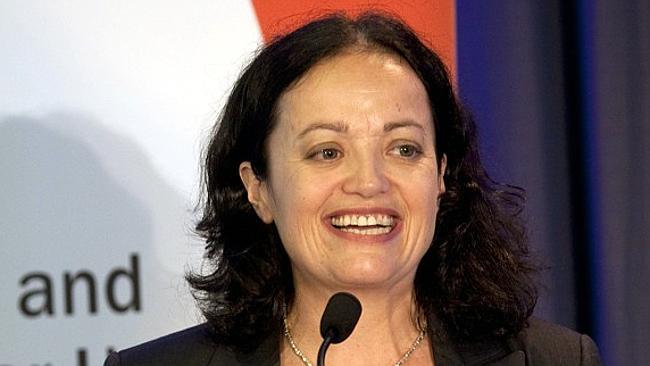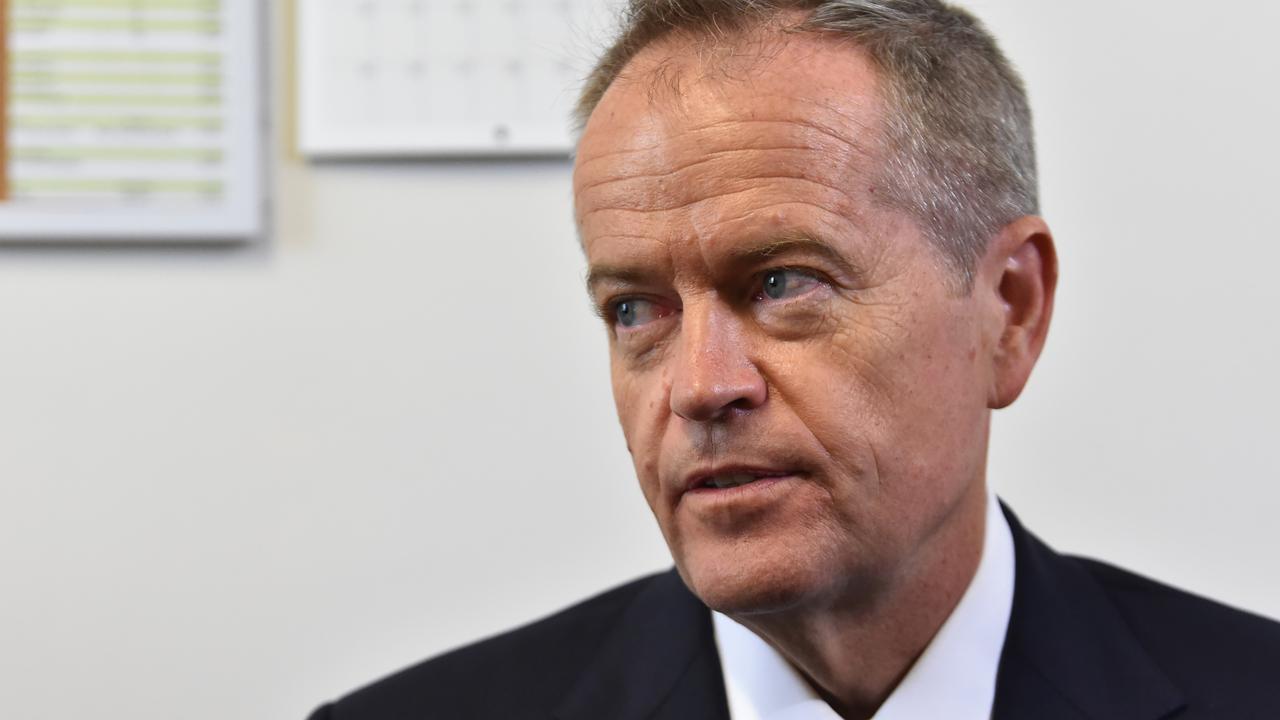Public servants leading pay rates, says IPA analysis
Public servants take home an average $134 a week more than private sector workers, an analysis has claimed.

Public servants take home an average $134 a week more than private-sector workers and benefit from “generous” perks worth thousands more, an analysis of wages across the service has claimed.
A full-time adult public servant earned $81,114.80 a year compared with a private-sector average of $74,152, according to the report by the conservative Institute of Public Affairs think tank, which also scrutinised lump-sum payments in six public-sector agreements that boosted salaries by an average of $2420 per employee.
Pay and conditions across the 10 biggest federal departments and agencies were analysed at May last year, the month before all public-sector enterprise agreements expired, leading to an 18-month pay freeze as most of the 152,606-strong federal public service rejected new offers arising from the government’s tough new bargaining policy.
The Community & Public Sector Union is seeking pay rises of 2.5-3 per cent a year, while the government has capped its offers at 2 per cent, described by the union as “sub-par”.
The Australian Taxation Office yesterday became the latest agency to vote against the government’s proposed agreement, with 85 per cent of eligible staff voting “no”, urged by the CPSU, which branded the deal “unreasonable”.
That result adds to the 83 per cent of Department of Human Services and 91 per cent of Department of Immigration and Border Protection staff who voted “no”.
The institute’s report highlighted allowances “which have the effect of increasing salary by potentially up to tens of thousands of dollars per year” for employees with first aid qualifications, those working in regional and remote areas, for professional development costs, gym memberships, financial advice, childcare and home office costs.
The report, Driving a soft bargain, states that superannuation entitlements in the Australian Public Service are a standard 15.4 cent, compared with the 9.5 per cent minimum guarantee, after analysing agreements from Human Services, Immigration, Defence, Health and Customs and Border Protection, among others.
And it highlights “union control” clauses and “taxpayer-funded benefits” for union delegates. “Worryingly, all APS agreements entitle union delegates to paid leave to undertake union training and engage in industrial proceedings,” the report said.
“Management must consult with unions and union representatives on almost every aspect of operations — and union officials and workplace union delegates have mandated positions on consultation committees.”
Public-sector agreements also tend to include performance-management clauses, making it “difficult and time-consuming for management to dismiss underperforming employees”.
“In one department, it takes more than 24 weeks for the mandated time period to elapse — and the decision to terminate can then be internally and externally reviewed,’’ the report said.
The institute’s James Paterson said the report provided “a weight of evidence supporting arguments that the public-sector union’s ambit claims in the current (enterprise bargaining) negotiations are unjustified’’.
But CPSU national secretary Nadine Flood said many public-sector workers were “doing it tough”.
“The fact remains that half of public-service workers are supporting their families on average or below-average weekly earnings,” Ms Flood said.
She stressed that workers were rejecting strict new conditions in proposed deals. These included, for example, “working mums in Human Services (who could) … have their days or place of work changed in a four-week roster to anywhere across Sydney”.
Labor’s workplace relations spokesman Brendan O’Connor said: “There is a pathway to resolving the bargaining impasse but that pathway can’t be paved with cuts to pay, rights and conditions. There is nothing in the government’s public-sector workplace bargaining policy that approaches the sophistication needed to genuinely boost the productivity capacity of the public service.’’



